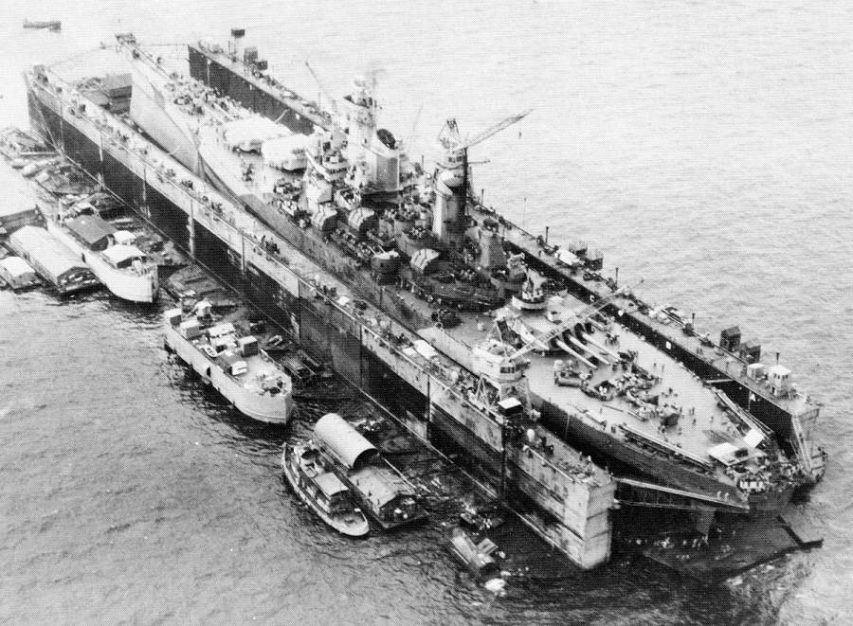Tim Worstall explains why, despite all the pious hopes that significant increases in the minimum wage won’t negatively impact employment or take-home pay, Minneapolis will have measurably worse outcomes:
Minneapolis has just passed an ordinance making the minimum wage in that fine city $15 an hour at some point in the near future — the effects of this will be worse than the effects of the similar Seattle ordinance raising the minimum wage there to $15 an hour. I agree that this is an unpopular prediction but it’s one that I’ll still stick with for the interesting bit is that I predicted the effect of the Seattle rise correctly. I even managed to get right why it would go bad. This is not, sadly, because I have a crystal ball, nor am endowed with super-powers, it’s just that I understand the basic economics of the minimum wage.
The details of which are that modest rises in the minimum wage don’t have much effect. They don’t have much effect on wages and thus they don’t have much effect upon employment. Changes which are at best “Meh, marginal” have effects which are at best “Meh, marginal.” The problem with Seattle’s minimum wage rise was that it wasn’t marginal, the problem with that in Minneapolis is that it is even less so.
[…]
But why isn’t it all going to be wondrous? If we just insist that poor people should be paid higher wages then why won’t it all become copacetic? Well, this was tried in Seattle. And the results weren’t that way. We have the actual academic study of why and it’s just as conventional economics predicts. Modest rises in the minimum wage have modest effects, immodest rises have immodest. Which leaves us with trying to define immodest.
As I’ve been saying for some yeare now that definition of immodest seems to be 45 to 50 % of median wage in that labour market. We don’t usually have median wages by city, only by a rather larger economic unit. But Seattle’s area median is higher than that of Minneapolis. When we look at the cities, the mean is higher in Seattle than in Minneapolis.
We already know that $15 an hour is too high a minimum wage for Seattle, it leads to lower incomes for low wage workers. The Minneapolis $15 an hour minimum wage is higher compared to local wages–the effects will be worse.




